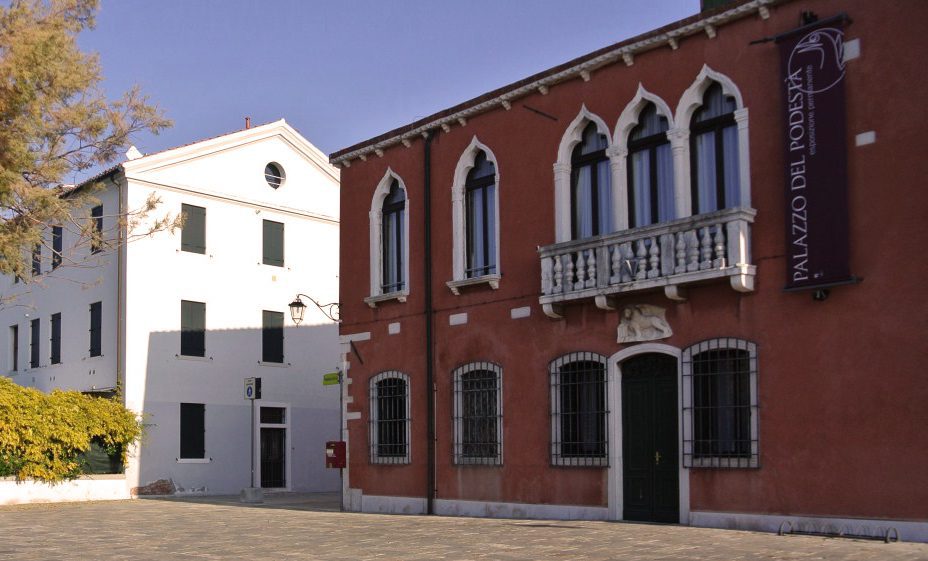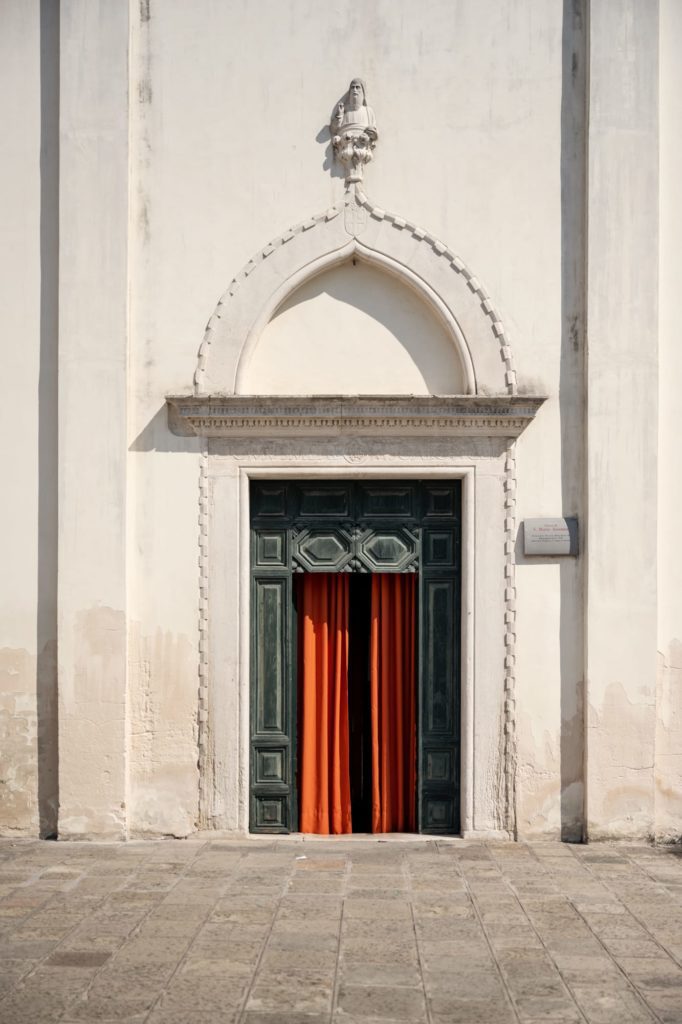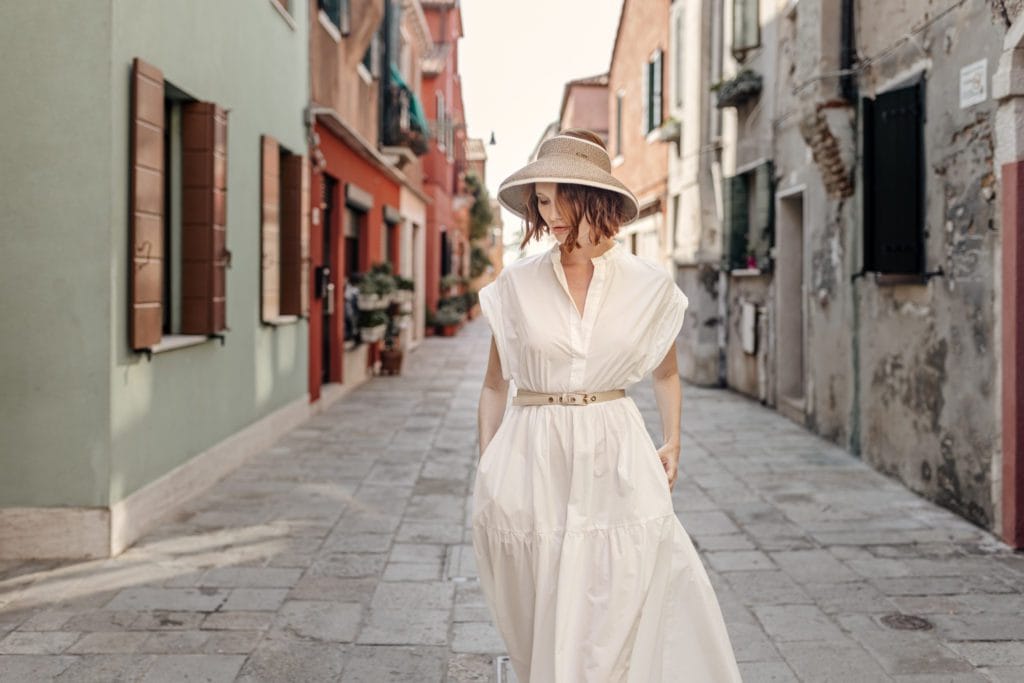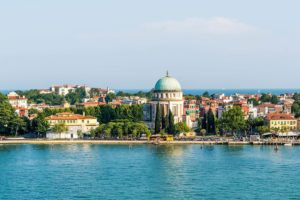The Palazzo del Podestà and its Museum

The Palazzo del Podestà, the heart of one of the oldest settlements in Venice.
Malamocco already existed in Roman times, and it was the capital of the Ducato until the 11th Century, when it was moved to Rialto and the village began a slow decline mainly due to the erosion of the sea. It was ruled by a Podestà until the fall of the Republic of Venice, later it became a municipality, and it was definitively annexed to Venice in 1883.
From the period in which the Podestà governed Malamocco remains the Palazzo Pretorio (or, indeed, the Palazzo del Podestà), a fifteenth-century building overlooking the field of the Church, which later became the seat of the Municipality. Today there are some offices there, but it is not possible to visit it.
An excavation campaign around the Palace has been recently carried out, and it found archaeological remains that represent new evidence of the very long history of the village.
Furthermore, after major restoration works, the Palace has returned to its former glory. Improvements have been made on the ground floor, which houses offices, and on the main floor, where there is a space where civil weddings can be held. Other spaces will serve as exhibition venues to preserve the archaeological remains found in the area.
On the facade of the Palazzo, there are several marble inserts and the exhibition that will be set up inside will allow visitors to go on a journey through the history of the Lido. There, you will admire ceramic remains dating from the Thirteenth to the Fifteenth Century, representing animals, men, women, religious symbols, and plant decorations, an exquisite proof of the first settlement of the village.












